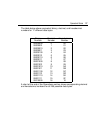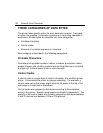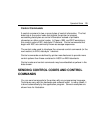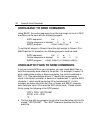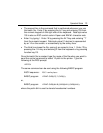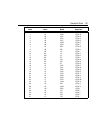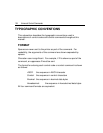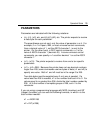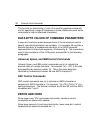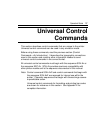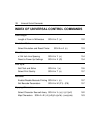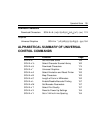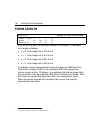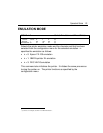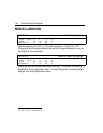
Operator’s Guide 135
PARAMETERS
Parameters are indicated with the following notations:
•
(n), (n1), (n2), etc. and (d),(d1),(d2), etc. The printer expects to receive
a data byte for each parameter.
The parentheses are not sent, only the value of parameter n or d. For
example, if n=1 in Epson, IBM, or most universal control commands,
then a decimal value of 1,
not
the ASCII character 1, is sent to the
printer. On the other hand, in DEC control commands, n=1 is the
value of ASCII character 1 (decimal 49). In some universal control
commands, you can specify n=1 as either decimal 1 or as the ASCII
character 1.
•
(n1)...(n10): The printer expects to receive from one to ten specific
parameters.
•
(n1) + (n2 x 256): Because the printer does not use decimal numbers
larger than 255, some commands use two bytes of data (n1 and n2) to
specify one value. Both n1 and n2 must be in the range 0 to 255.
Two data bytes must be supplied even if only one is needed. If a
value less than 256 is needed, n1 is the number itself and n2 is 0. For
values equal to or greater than 256, divide the total number needed by
256. n2 is the number of complete groups of 256, and n1 is the
remainder.
If you are using a programming language with MOD (modulus) and INT
(integer) functions, you can use the following formulas, in which
n
is the
total number needed:
n1 = n MOD 256
n2 = INT (n/256)



